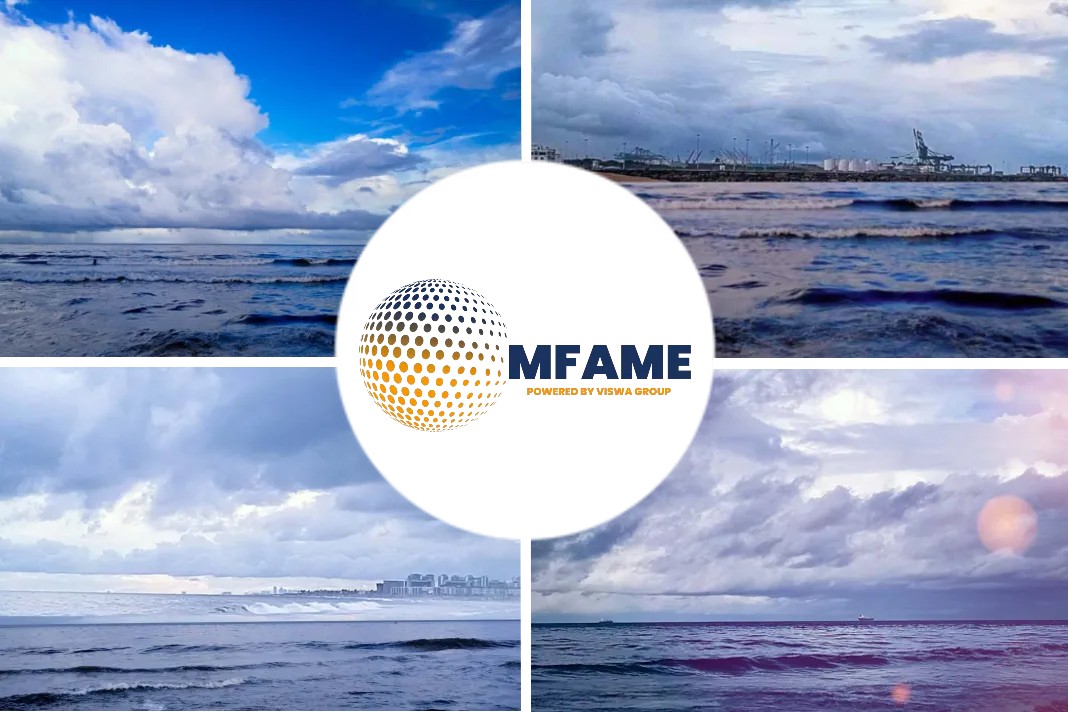- A new fee structure proposed by the Panama Canal Authority April 1 includes a call for ships transiting in ballast to pay a percentage of the regular laden toll.
- The toll changes could significantly impact voyage expenses for ships that are committed under long-term charter that trade in the route from the US Gulf Coast to East Asia.
- the Canal administrator presaged the changes, saying the Canal wants tolls to reflect shifting market conditions, including increased global demand for LNG.
The new toll structure was proposed by PCA on April1 that calls for ships in ballasts to pay a tax , they also suggested a new proposal to collect tax based on capacity of the vessel. As stated in a recent article by SP Global.
The new tax proposal
A new fee structure proposed by the Panama Canal Authority April 1 includes a call for ships transiting in ballast to pay a percentage of the regular laden toll, independent of the market segment, while a special return trip tariff for LNG tankers would be phased out.
For a tanker, ballast refers to a voyage with no cargo on board to get a ship in position for the next loading port or docking. A ballast tank is filled with seawater when a vessel is in ballast, to ensure stability.
The toll changes could significantly impact voyage expenses for ships that are committed under long-term charters that trade in the route from the US Gulf Coast to East Asia. The Canal is the shortest passageway between those two markets for oceangoing vessels.
The new toll structure would be gradually implemented from 2023 to 2025, subject to any modifications to the proposal after weighing comments from market participants, the Canal operator said in a statement.
In an interview with S&P Global in December, the Canal administrator presaged the changes, saying the Canal wants tolls to reflect shifting market conditions, including increased global demand for LNG.
Proposing the capacity tariff per vessel
Besides the replacement of tariffs for vessels in ballast, the proposed new Panama Canal toll structure calls for a fixed tariff per transit, according to the locks used and the vessel size category, that will remain in place until 2025.
Also proposed is a capacity tariff per vessel type and size category. Under the proposal, a loyalty program created in 2016 to incentivize the use of the Canal’s Neopanamax locks would be modified to reduce the number of eligible categories from six to one. The program will be phased out by 2025. According to the Canal, 55% of total tonnage transits through these locks.
In the S&P Global interview, the Canal administrator said the operator was seeking more direct communication with market participants about how to ease congestion that caused some LNG tankers in line to come through last fall to divert eastward around the Cape of Good Hope.
Paying the additional fee
Down the line, the administrator said, ships that are not compliant with IMO emissions standards could face additional fees during peak energy demand in the winter. On April 1, congestion at the Panama Canal was modest. The maximum wait for unreserved LNG tankers transiting the Canal stood at five days northbound and three days southbound, according to the Canal operator.
Did you subscribe to our daily Newsletter?
It’s Free! Click here to Subscribe
Source: SP Global
























